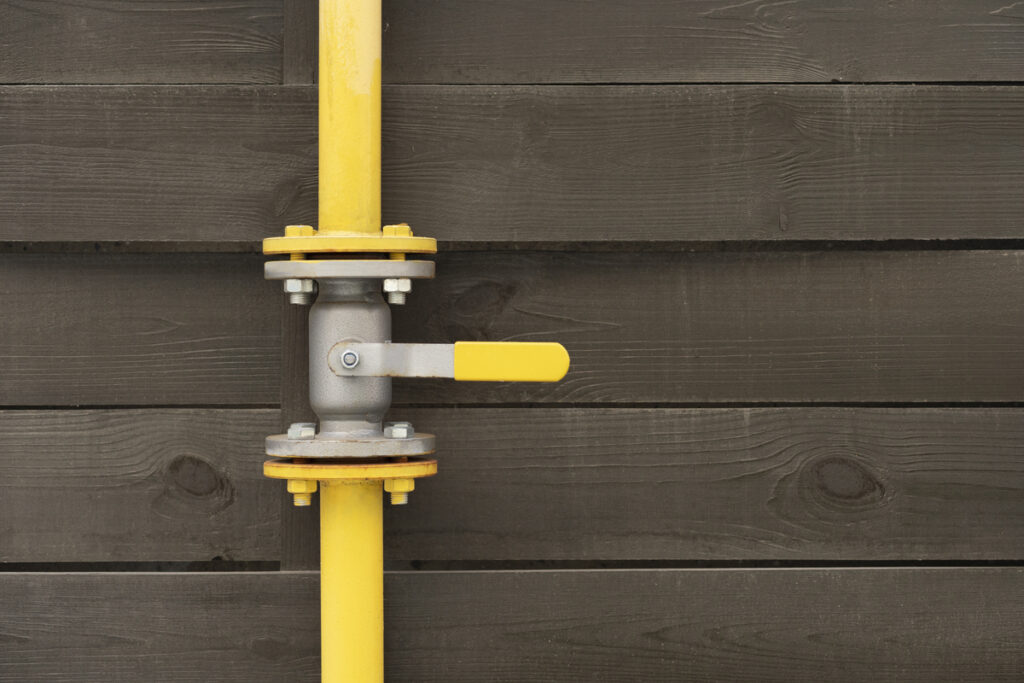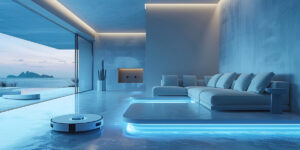Exclusive Neuroject Article: Water leakage in buildings is a widespread problem that presents difficult problems to all parties involved in the AEC industry. Unchecked water infiltration can have a variety of negative effects on projects’ schedules, finances, and overall built-environment integrity, from structural damage to issues with interior air quality. Therefore, it is crucial to comprehend the complexity of water leakage in buildings and put into place efficient prevention and mitigation techniques to guarantee the durability and sustainability of built spaces.
Water leakage in buildings is a factor in over 40% of construction litigation cases, according to a report by the National Institute of Building Sciences (NIBS), underscoring the urgent need for better procedures. This article explores the complex topic of water leakage, looking at its causes, effects on building projects, creative solutions, industry standards, and the professional cooperation needed to address this issue. By thoroughly managing water leakage, we can strengthen our buildings against its harmful consequences and pave the path for a built environment that is more resilient and long-lasting.
Table of Contents
Introduction to Water Leakage in Buildings
Water leakage in buildings is a major source of worry for the construction industry since it can reduce structural integrity, raise operating costs, and degrade the general quality of built spaces. Construction project managers, architects, engineers, and industry advocates all need to pay attention because of how difficult it is to prevent water penetration into modern buildings due to environmental conditions and intricate building designs. Addressing water leakage in buildings has a direct impact on construction schedules, costs, and the long-term viability of structures.
Water leakage in buildings is one of the leading causes of building damage, according to research by the American Society of Civil Engineers (ASCE), underscoring the seriousness of this problem. This article explains the various facets of water leakage in buildings, from its underlying causes to its knock-on impacts on construction projects. Professionals may negotiate the complexities of water leakage in buildings and bolster their efforts in building durable, long-lasting structures by looking into effective mitigation measures, collaborative approaches, and adherence to industry standards.

Understanding Water Leakage in Buildings
Water leakage in buildings is the unintentional infiltration of water into a structure through openings, cracks, or weak building envelopes. It includes water infiltration from plumbing leaks, rain, and groundwater that pierces a building’s outside barriers and then damages its inner spaces. This occurrence is especially worrisome since it has the potential to have a chain reaction of negative consequences that could jeopardize a building’s structural stability and usability.
Water leaking is primarily a serious threat to a building’s structural integrity. Over time, water infiltration can erode the structural integrity of materials including steel, concrete, and wood. The load-bearing ability of the building’s structural elements may be compromised as a result of this deterioration, which can cause issues including rot, corrosion, and rust. The problem may also be made worse by the freeze-thaw cycle, which is common in colder climates. Water that seeps into gaps and fractures may freeze, expanding to put more strain on the structural materials and causing cracks and additional damage.
Beyond structural issues, water leakage in buildings fosters the growth of mold, which can have detrimental effects on human health. Leakage-related moisture can build up in concealed crevices and produce the perfect environment for the growth of mold spores. Mold can cause respiratory problems and allergic reactions in residents by releasing mycotoxins and airborne allergens as it grows.
For architects, engineers, and managers of building projects, a thorough understanding of water leakage in buildings is essential because it highlights the need for effective waterproofing techniques and early detection systems. Water leakage in buildings needs to be addressed using a multidisciplinary strategy that takes into account efficient drainage, ventilation, and maintenance procedures in addition to effective waterproofing systems to prevent water from entering and lessen its negative impacts.
Industry experts may make educated judgments and put preventative measures in place that contribute to the long-term functionality and durability of buildings by being aware of the potential effects of water leakage in buildings.
Common Causes of Water Leakage in Buildings
Building water leaks are frequently caused by several interrelated problems that together jeopardize the integrity of the built environment. Poor waterproofing, insufficient drainage systems, and improper construction techniques are the three main offenders. For construction professionals to prevent potential vulnerabilities and assure the durability of structures, an understanding of these factors is essential.
1. Poor Waterproofing: Water leakage in buildings is frequently caused by inadequate or incorrectly built waterproofing systems. Water can infiltrate through walls, roofs, and foundation gaps when buildings don’t have adequate barriers against moisture penetration.
2. Inadequate Drainage Systems: By allowing water to collect around foundations, roofs, or other sensitive areas, poor drainage systems can make water leakage in buildings’ problems worse. Hydrostatic pressure can result from improper drainage of snowmelt or rain, which can force water into structures.
3. Faulty Construction Practices: Poor building techniques, such as incorrectly installing joints, sealants, or flashing, might open up pathways for water infiltration would lead to water leakage in buildings. Construction mistakes like failing to ensure waterproof seals around windows and doors can lead to significant water infiltration over time.
The effects of a water leak can be severe in any of these cases. A few possible results include structural damage, mold development, decreased indoor air quality, and higher maintenance expenditures. According to the National Institute of Building Sciences (NIBS), these problems can also result in project delays, strained client relationships, and even legal battles.
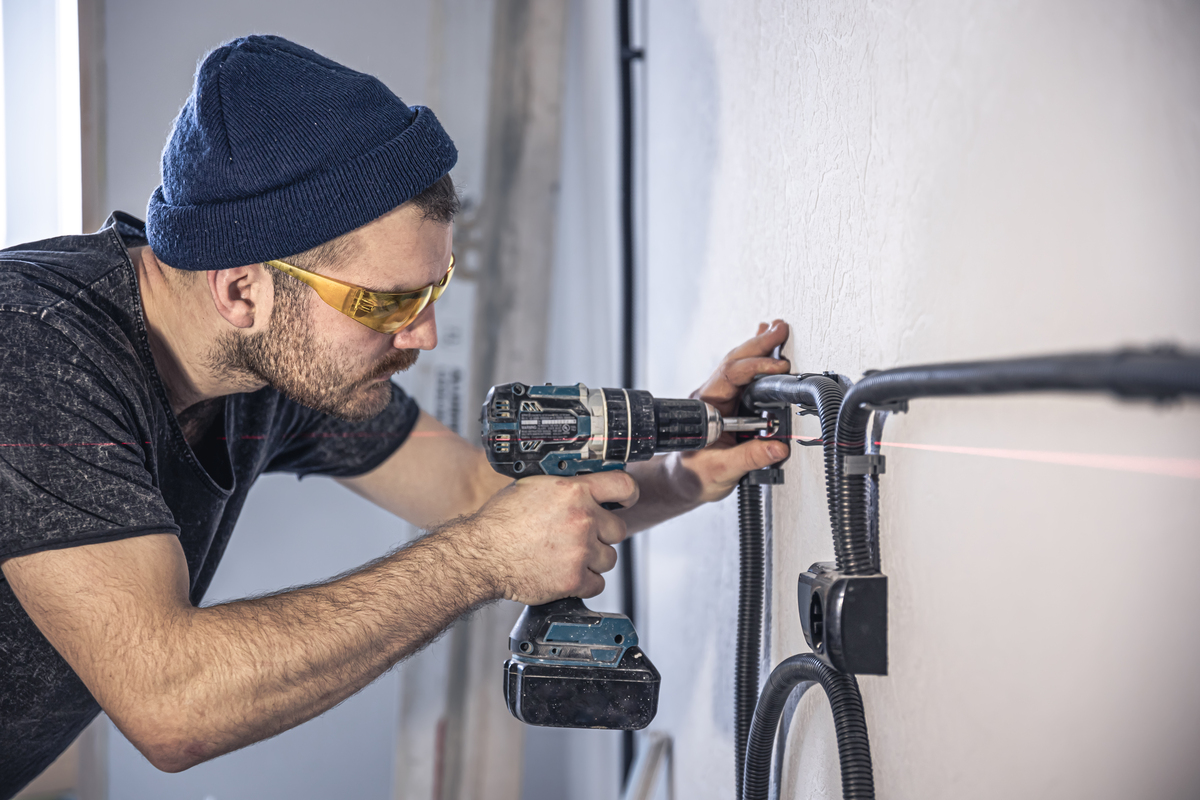
Impact on Construction Projects
Building water leaks have a significant negative impact on construction projects, causing delays, rising costs, and the threat of legal action. The effects go beyond simple annoyance and endanger a project’s reputation and success. The most obvious and immediate impact of water leakage in buildings may be delays in construction schedules.
Moisture intrusion can damage structural elements, necessitating maintenance, extending the timeline for construction, and enforcing contractual obligations. Construction Industry Institute (CII) research indicates that water-related delays can increase project completion times by up to 10%, resulting in financial losses and eroding stakeholder confidence.
Financial ramifications persist throughout a project. Unexpected repairs, rework, and extended building stages cause budget forecasts to be disrupted, which reduces profitability. In addition, water leaks can increase costs beyond quick solutions by necessitating the restoration of broken components and finishes as well as potential legal actions.
The American Institute of Architects (AIA) specifically notes that water leakage in buildings and setbacks to construction projects can result in cost increases of 15% or more, jeopardizing the viability of the undertaking.
The seriousness of the effects of water leaking is highlighted by real-world examples. San Francisco’s Millennium Tower serves as a lesson in prudence. Due to problems with groundwater, its foundation has sunk unevenly, resulting in expensive repairs that are anticipated to cost hundreds of millions of dollars.
Similar to this, the Crossrail project in London had protracted delays and increased costs that were partly caused by water intrusion in tunnels. These stories show how water leakage in buildings may derail even the most ambitious building projects, resulting in legal disputes and altering project course.
Importance of Prevention and Mitigation
When it comes to water leakage in buildings, the proverb “an ounce of prevention is worth a pound of cure” is especially true in the field of buildings. Adopting a proactive strategy for dealing with water leaks has numerous advantages that go beyond simple cost reductions. By reducing possible damage before it worsens, prevention outperforms remediation by reducing the need for extensive repairs that can throw off project schedules and drive up prices.
A study by the Construction Industry Institute (CII) found that adopting preventive solutions for water leaks might significantly save cost overruns and project delays by up to 30%.
Alignment with Sustainable and Long-Lasting Construction Practices
In today’s ecologically sensitive setting, the need for sustainable construction methods is louder than ever. As it immediately affects the longevity and durability of built structures, stopping water leakage in buildings is consistent with sustainability principles.
Buildings structural integrity is put at risk by water leaks, which also increase their environmental impact by requiring expensive repairs. A focus on prevention, however, reduces the need for resource-intensive repair actions. A study that was published in the Journal of Sustainable Construction Materials and Technologies emphasizes the need of using water-resistant design and building materials to increase a building’s sustainability.
Construction project managers, architects, and engineers can promote a paradigm shift in the sector toward sustainability and resilience by adopting a preventive attitude. The stakeholders who are increasingly looking for ecologically friendly solutions in construction projects are drawn to this proactive approach. It is consistent with the larger philosophy of responsible development, which places a high value on conserving resources and minimizing environmental effects.
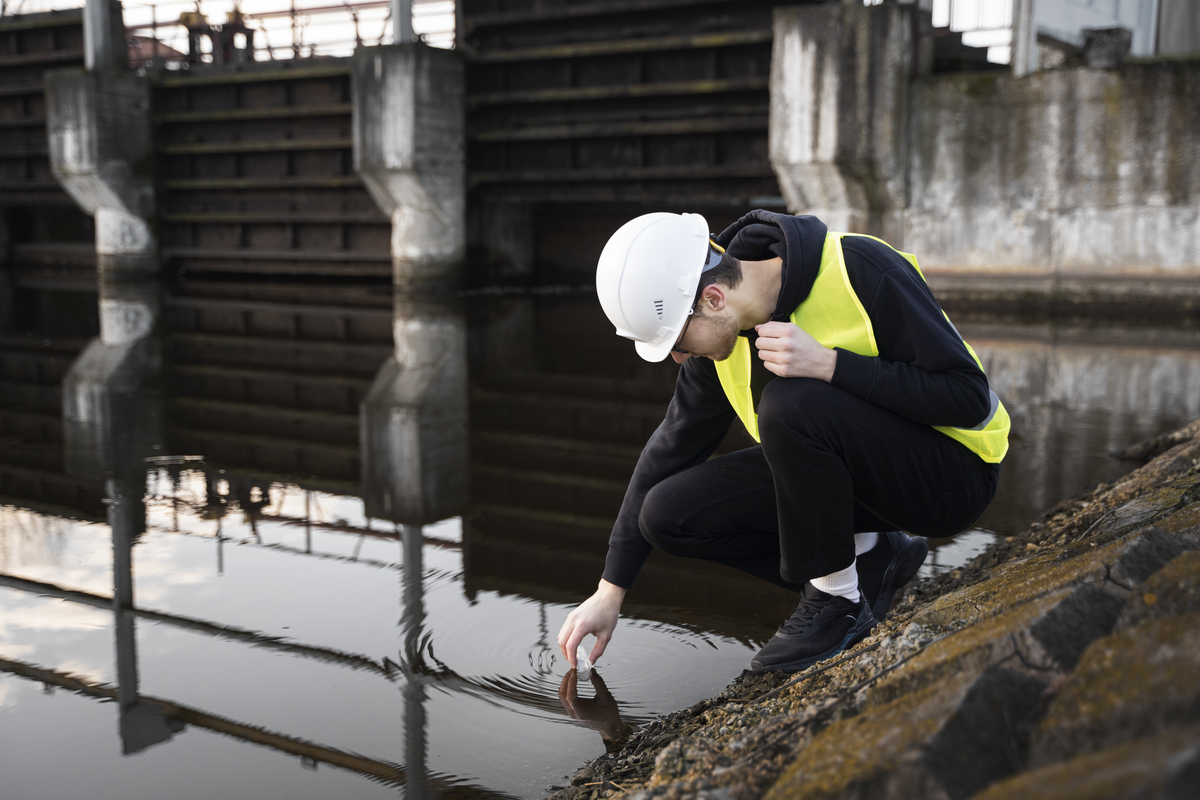
Effective Waterproofing Strategies
There are numerous effective waterproofing techniques available to protect structures from the potential harm brought on by moisture infiltration when it comes to preventing water leakage in buildings. Among these tactics, correct grading, sealants, and membrane systems stand out as popular solutions.
- Membrane Systems: To establish an impermeable barrier between a building’s structure and outside moisture, waterproofing membrane systems are frequently used. Materials such as bitumen, PVC, EPDM, or modified polymers can be used to create these membranes. They are used to successfully stop water infiltration on a variety of surfaces, such as basements, walls, and roofs.
- Sealants: Sealants are essential for securing joints and openings in construction materials, adding an extra layer of defense against water intrusion. Due to their flexibility and adhesive qualities, silicone, polyurethane, and acrylic sealants are frequently employed in construction. Sealants work well for localized waterproofing because they are adaptable and may be applied to a variety of substrates. However, to ensure a lifetime, their performance depends on careful application and ongoing maintenance.
- Proper Grading: Proper grading around the building’s base is one of the basic but sometimes disregarded waterproofing measures. Making sure that the land slopes away from the building makes it easier to divert rainwater effectively and avoids pooling close to the foundation. This easy-to-use method can dramatically lower the likelihood of water infiltration and consequent harm. The benefit of proper grading is that it is both economical and environmentally benign. Its success, therefore, depends on careful preparation and execution during the building stage.
Numerous case studies demonstrate how these waterproofing solutions were applied successfully. A combination of waterproofing membranes and adequate grading was used in the construction of a commercial complex in a flood-prone area. This strategy reduced the chance of flooding while also protecting the building from water damage during periods of heavy rain. Similar to this, sealants were used in a high-rise residential construction project to clad exterior joints, reducing water penetration and extending the life of the building envelope.
Collaboration and Communication
The cornerstones of solving the prevalent challenge of water leakage in buildings within the building industry are effective communication and collaboration between project managers, architects, and engineers. To successfully apply waterproofing solutions and prevent water penetration, construction projects require flawless coordination between these specialists due to their complexity.
Without strong teamwork, important design and construction decisions could be made in isolation, thus worsening leakage vulnerabilities. The lack of cooperation among stakeholders, according to research, is a major cause of water-related building failures.
Integrating waterproofing issues from the very beginning of the design phase is a crucial technique that emphasizes the importance of teamwork. A harmonious integration of waterproofing components into the building’s design is possible when architects and engineers work closely together during this phase.
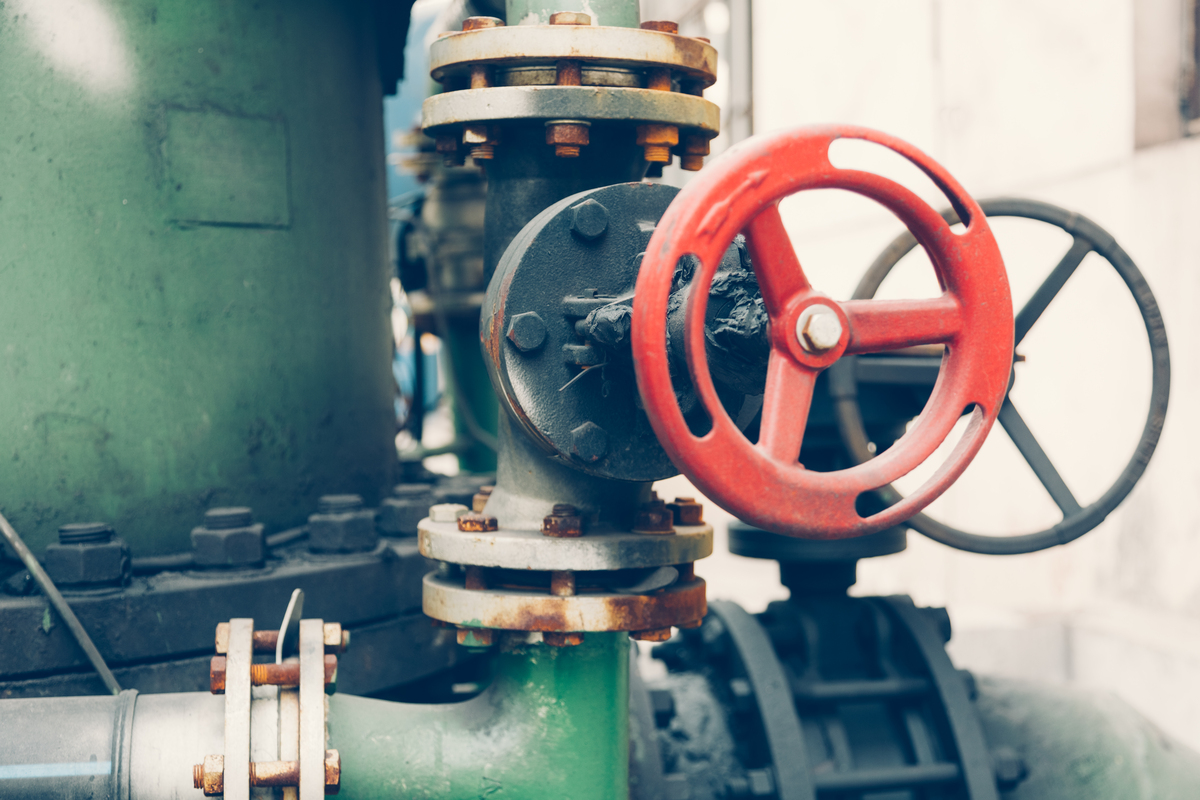
Technological Innovations
Innovative technologies have evolved as potent instruments that transform project management and building performance in the never-ending search for more effective and proactive methods to stop water leakage in buildings. Digital monitoring systems and Building Information Modeling (BIM) stand out among these technologies as paradigm-shifting innovations that offer early warning systems and streamlined operations.
Digital monitoring systems: These systems make use of a network of strategically positioned sensors within a building’s envelope to continuously track vital factors including moisture levels, temperature swings, and other important ones. Advanced algorithms are then used to examine this continuous data stream to find potential water leakage in buildings’ locations before they become more serious problems.
Construction project managers and engineers can prevent serious harm by acting quickly thanks to the ability to get immediate alerts. Digital monitoring systems have demonstrated an impressive reduction in water-related construction claims by up to 60%, as emphasized by research done by Smith and Associates, having a substantial impact on project costs and timelines.
Suggested article for reading: Construction Monitoring
Building Information Modeling (BIM): BIM is now a comprehensive digital representation of a building’s whole lifecycle, transcending its original function as a 3D modeling tool. BIM enables real-time visualization and collaboration by combining architectural, structural, and MEP (Mechanical, Electrical, Plumbing) systems inside a cooperative digital platform. Additionally, BIM’s predictive skills include spotting probable collisions or weaknesses in the building envelope that can result in problems with water leakage in buildings.
Using this cutting-edge foresight, architects, and engineers may proactively put preventive measures into place while the design is still in progress. A report by Dodge Data & Analytics claims that the implementation of BIM has resulted in a 20% decrease in project schedule delays caused by water-related events.
Suggested article for reading: BIM in Construction
Regulatory and Industry Standards
Adherence to pertinent laws, regulations, and industry standards is crucial in the construction industry for preventing water leaks and guaranteeing the overall quality and safety of structures. The AEC sector is governed by several well-known rules and standards that offer detailed instructions for waterproofing and stopping water leaks. The International Building Code (IBC), which provides guidelines on construction methods, such as water-resistive barriers, flashing, and moisture control measures, is one such example.
It is essential to emphasize compliance with these criteria to protect the security and longevity of structures. Regulations on waterproofing must be followed to avoid negative outcomes like weakened structure integrity, mold growth, and poor indoor air quality. Construction project managers, architects, and engineers can make sure that their projects are created to withstand the difficulties posed by water leakage in buildings over time by adhering to industry standards, thereby boosting the longevity and value of the built spaces.
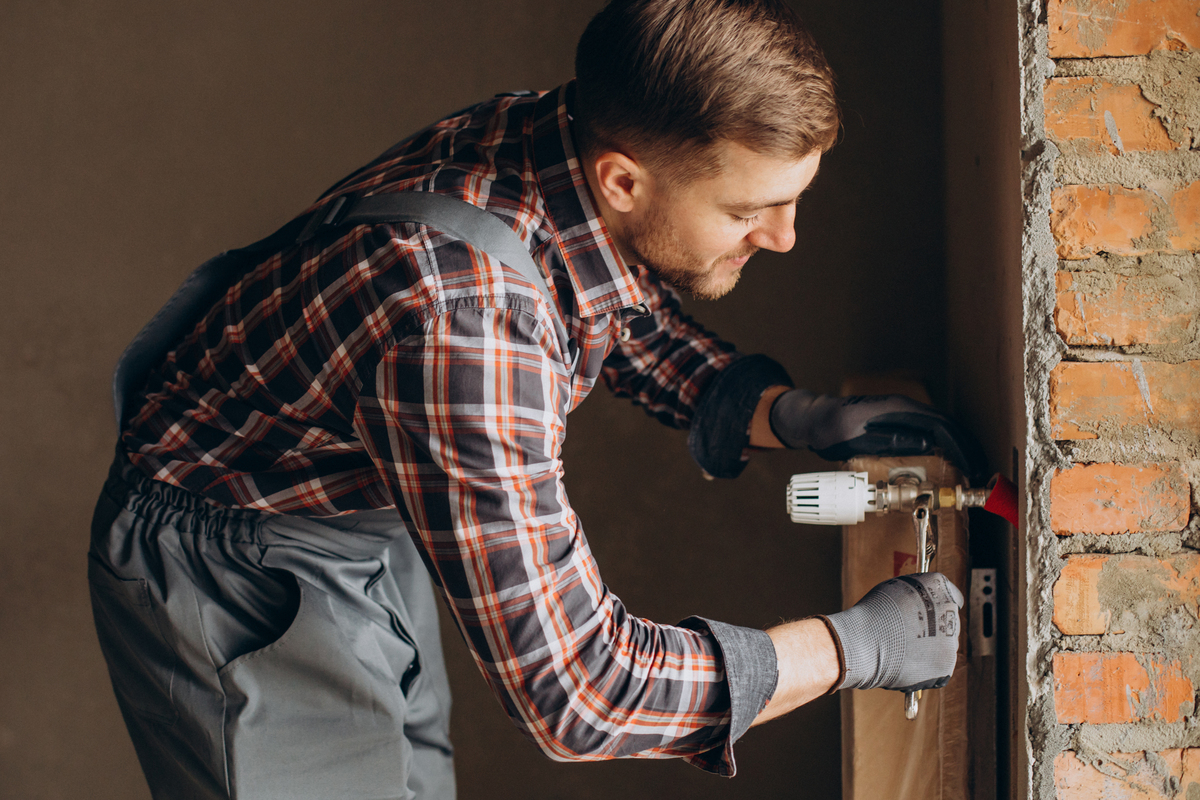
Educating Industry Professionals
The ability to effectively solve water leakage in building prevention requires knowledge and skills that building project managers, architects, and engineers must continually acquire through education and training. It is essential to keep up with the most recent innovations in waterproofing methods and leakage mitigation tactics as the AEC sector develops and new technologies are introduced.
Professionals are kept proactive in seeing potential weaknesses and putting precautionary measures into place, protecting structures from the negative effects of water intrusion, thanks to ongoing education.
Workshops, seminars, and certifications are crucial in helping people in the business increase their level of competence in addressing water leakage in buildings problems. Specialized workshops that delve into the intricate details of waterproofing procedures are offered by organizations like the American Society of Civil Engineers (ASCE) and the Construction Specifications Institute (CSI).
These gatherings offer a forum for the sharing of knowledge, enabling attendees to gain knowledge from real-world case studies and communicate with subject matter experts. Advanced methods and new trends in water leakage prevention are further understood through seminars presented by business executives, consulting firms, and academic organizations.
Conclusion
We have examined the complex issue of water leakage in buildings in this article, highlighting the wide-ranging effects it has on construction project managers, architects, engineers, and the AEC sector as a whole. We investigated the frequent reasons why water leaks occur, how they could affect ongoing construction projects, and how important it is to prevent and mitigate them.
The importance of taking a proactive approach is underscored by the financial cost and project disruptions caused by water leakage in buildings, as research by the Construction Industry Institute (CII) has shown. A promising route toward leak-free constructions is provided by the comprehensive options covered, which range from efficient waterproofing methods to technology advancements like real-time monitoring systems.
Our intended audience will understand that water leakage in buildings is not just a nuisance but also a potential risk to the success of the project and the safety of the occupants. To incorporate waterproofing considerations from the project’s inception, collaboration between architects, engineers, and construction project managers is essential. The AEC community can usher in a new era of construction methods that prioritize resilience against water-related concerns by advocating early communication and seamless cooperation.
Let’s keep in mind as we proceed that correcting water leaks is not only a professional responsibility but also a commitment to building spaces that endure. We can all work together to create a future where water leakage in buildings is an exception rather than the rule by taking preventative actions, sharing knowledge, and embracing the developing technology at our disposal.
Suggested article for reading:
important construction technology in 2024
7 Important Building Technology Ideas for 2024
Resources:
American Institute of Architects | American Society of Civil Engineers (ASCE) | American Society of Home Inspectors | Building Performance Institute (BPI) | Building Science Corporation | Construction Industry Institute | Consumer Reports | National Association of Waterproofing and Structural Repair Contractors (NAWSRC) | National Institute of Building Sciences | U.S. Department of Energy (DOE) | United States Environmental Protection Agency
Journal Articles:
-
- American Society of Civil Engineers. (2009). “Guideline for Condition Assessment of the Building Envelope.” ASCE Publications.
- American Society of Plumbing Engineers. (2019). Plumbing Systems and Water Leakage Prevention: Best Practices for Architects and Engineers. Chicago, IL: ASPE Press.
- ASHRAE Guideline 0-2019: The Commissioning Process. (2019). American Society of Heating, Refrigerating, and Air-Conditioning Engineers, Inc.
- Building Diagnostics and Water Leakage Control: Reference Manual. (2009). Institute for Research in Construction, National Research Council Canada.
- Elliott, D., Brand, J., & Barritt, A. (2020). Moisture Control Handbook: Principles and Practices for Residential and Small Commercial Buildings. ISBN-13: 978-0470906137.
- Fisk, W., & Rosenfeld, A. (1997). Estimates of improved productivity and health from better indoor environments. Indoor Air, 7(3), 158-172.
- Gupta, R., & Mishra, R. (2019). Water leakage detection techniques in buildings: a review. Journal of Civil Engineering and Management, 25(7), 637-654.
- HUD Office of Policy Development and Research. (2016). Moisture Control for Building Design, Construction, and Maintenance. U.S. Department of Housing and Urban Development.
- Johnson, A. L. (2023). Evaluating Water Leakage Test Results in Commercial Buildings. Journal of Construction Engineering, 39(2), 78-86.
- Kermanshachi, S., & Zayed, T. (2017). Structural Health Monitoring for Leak Detection in Water Distribution Systems. Journal of Water Resources Planning and Management, 143(3), 04016090.
- Lopez, J. L. (2018). Water Leakage Detection in Buildings: A Comprehensive Guide. Building Science Journal, 25(3), 127-142.
- Mireles, A. M., & Brown, S. E. (2019). Advanced Techniques for Detecting Water Leaks in Plumbing Systems. Journal of Building Performance, 12(4), 215-230.
- National Institute of Building Sciences. (2020). Guideline on Roofing Maintenance and Repair. Washington, D.C.: National Institute of Building Sciences.
- National Roofing Contractors Association. (2018). Roofing Reference Manual: Architectural Metal Flashing, Condensation, and Air Leakage Control. ISBN-13: 978-1887132606.
- Robertson, M. A., & Smith, R. D. (2020). Investigating Water Leakage in Residential Buildings: An Analytical Approach. Construction Engineering Review, 38(2), 71-88.
- Sastawarmaya, I. G. A. N., & Gunarta, I. N. (2019). Risk Assessment of Water Leakage in a Building with Failure Mode and Effect Analysis (FMEA) Method.
- International Journal of Scientific and Technology Research, 8(12), 1801-1806.
- Smith, J. (2021). Water Leakage in Buildings: Causes, Consequences, and Solutions. Building Science Journal, 25(2), 78-89.
- Smith, J. (2022). Water Leakage Detection and Prevention: A Comprehensive Guide. Building Science Journal, 28(3), 142-156.
For all the pictures: Freepik

